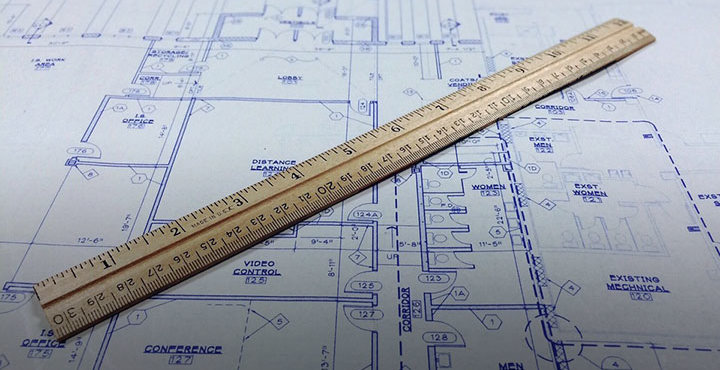Helpful tips for writing a successful persuasive essay
Last updated: May 19, 2016
A persuasive essay uses reason to demonstrate that certain ideas are more valid than others in academic writing. The purpose of such an essay is to encourage readers to accept a particular viewpoint or act in a particular way. A persuasive essay must be based on sound logic and must contain factual evidence to support the argument.
How to write a persuasive essay
Take a stance. What do you think about the issue? What side will you take? Be aware of any prejudices you might have that could color your argument. What resolution will you suggest?
Know your audience. Determine if your audience will agree with your position and why they may not. You must be able to understand both sides of the issue in order to successfully argue your point of view.
Thoroughly research your topic. The point of a persuasive essay is to provide detailed and compelling evidence—you should be able to disprove the opposing argument. It will likely be necessary to undertake library-based research in order to accomplish this.
Think about the structure of your essay. Determine what evidence you will include and the order in which you will present it. Remember, it must be logical.
Support your argument. Use hard facts. You can gather these from your research, observations, or personal experiences. But be careful! In order to avoid plagiarism, you must cite your sources. You should always use verifiable statistics. It is important to be able to back up your argument with data. In order to further strengthen the argument in your persuasive essay, try using one or two direct quotes from experts on the topic. Finally, provide meaningful examples to enhance and clearly illustrate your argument.
How to organize your persuasive essay

The introduction.The introduction in your persuasive essay should grab the readers' attention and provide background information about your subject. It should end with a clear statement of your thesis.
The body. The body should consist of all the arguments that support your thesis. Each paragraph should focus on one particular point. Next, include one or two paragraphs to succinctly explain and refute the most compelling opposing argument.
The conclusion. The conclusion should restate the main argument and supporting points. After all, the point of a persuasive essay is to convert your readers to your point of view.
Take a breather
Take a day or two off. Let your essay sit and your mind rest. Then, read your persuasive essay with fresh eyes. Ask yourself if your essay is logical and convincing. Will your readers be persuaded by your argument? Did you provide enough evidence in the way of facts, statistics, quotes, and examples?
Image source: pinkypills/BigStockPhoto.com





